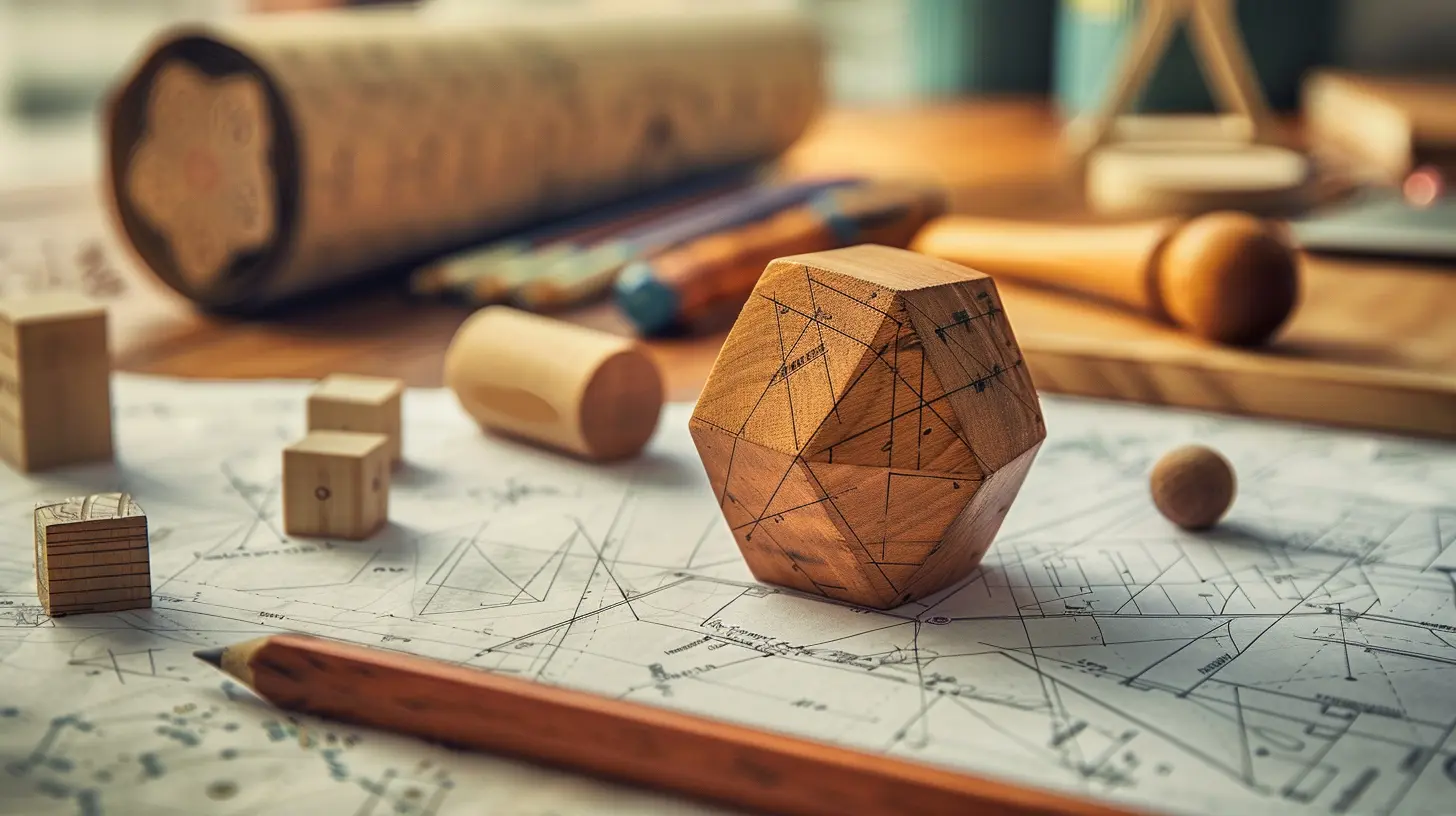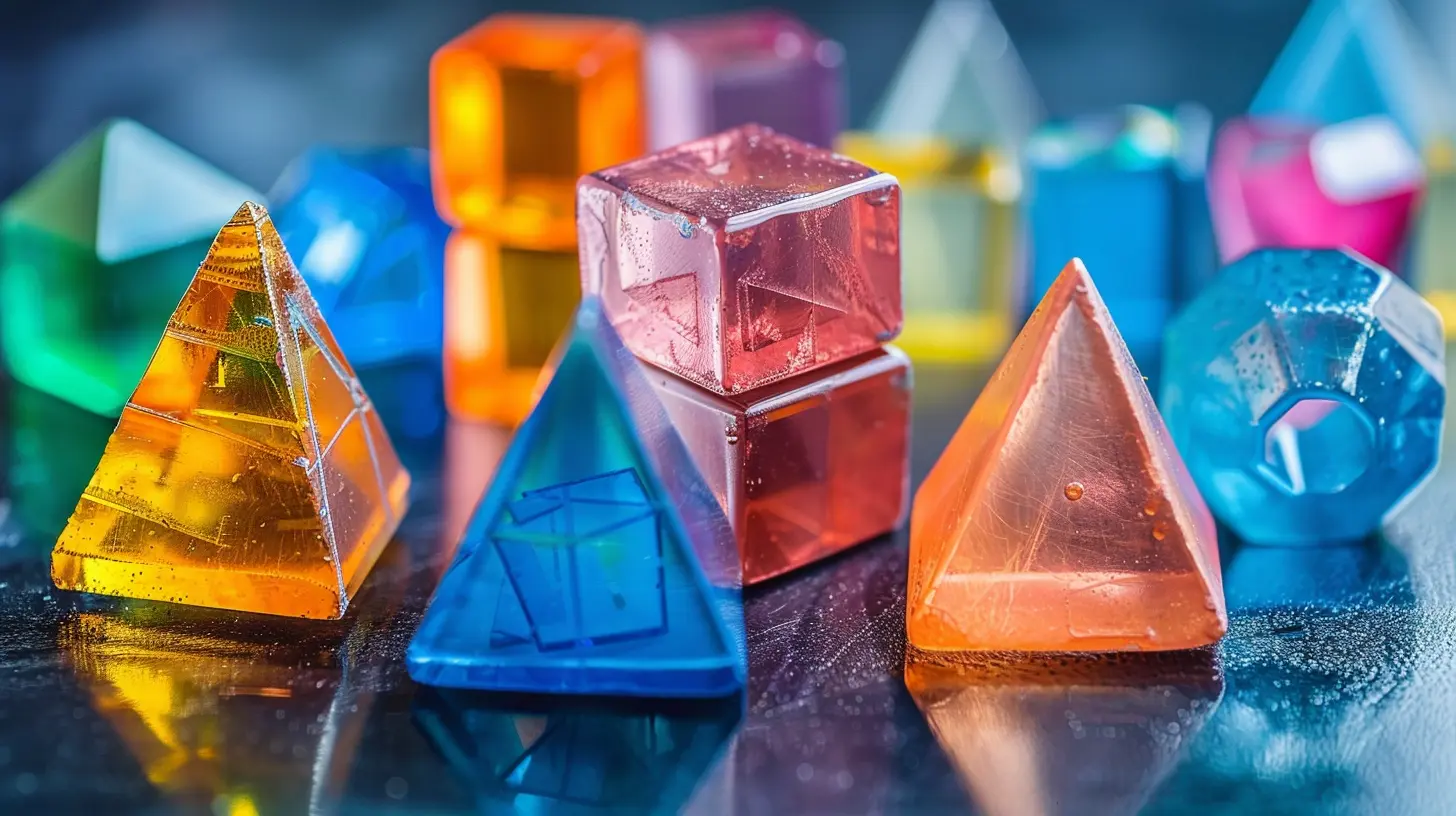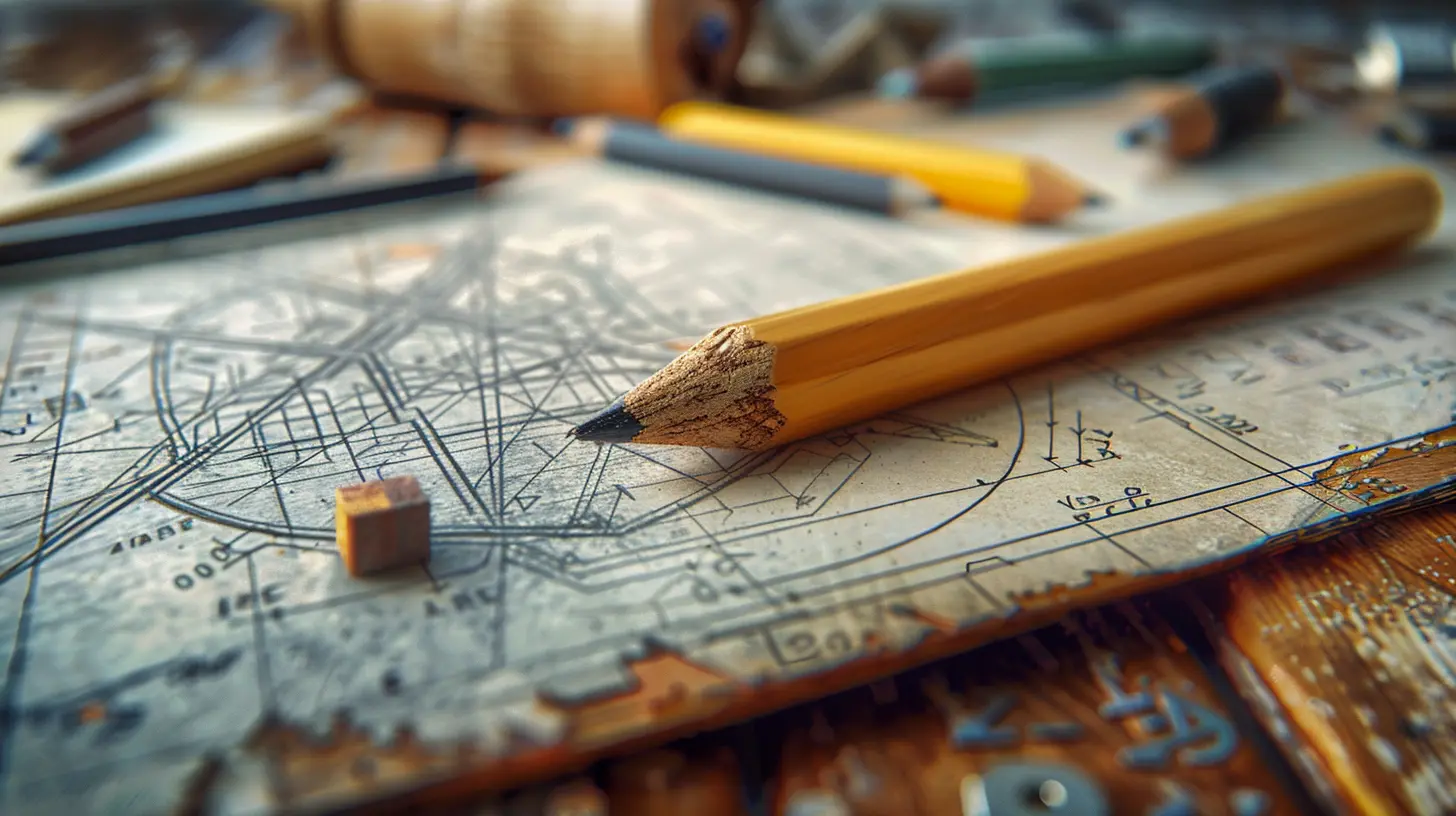The Magic of Geometry: Real-World Applications for Students
20 July 2025
Geometry isn't just about memorizing formulas or drawing perfect triangles. It’s a hidden language that shapes the world around us. From architecture to art, sports to space exploration, geometry is everywhere. But how does it really impact our daily lives? And more importantly, why should students care?
In this article, we’ll uncover the magic of geometry with real-world applications that prove it’s way more than just a subject in school. Get ready to see geometry in action! 
1. Architecture and Construction: The Backbone of Structures
Ever looked at a skyscraper and wondered how it stays upright? That’s geometry at work! Engineers and architects use geometric principles to ensure buildings are stable, safe, and aesthetically pleasing.Triangles: The Strongest Shape
Triangles play a crucial role in construction because they distribute weight efficiently. That’s why bridges, towers, and even roof trusses often have triangular designs—they provide maximum strength with minimal materials.Symmetry and Aesthetics
Symmetry isn't just about looking good; it’s a fundamental principle in design. Famous buildings like the Taj Mahal and the Parthenon rely on symmetry to create a sense of balance and harmony.Blueprints and Measurements
Every construction project begins with blueprints, which rely heavily on geometric drawings. Without accurate angles, lengths, and proportions, buildings would be impossible to construct.
2. Geometry in Art: The Beauty of Shapes
Art and geometry go hand in hand. From paintings to sculptures, artists use geometric forms to create visually stunning works.Perspective in Drawings
Ever tried to draw a road that looks like it disappears into the distance? That’s called perspective drawing, and it’s all about using lines and angles to create depth and realism in artwork.Patterns and Tessellations
Tessellations are repeating geometric patterns with no gaps or overlaps. You can find them in Islamic art, mosaics, and even in the works of famous artists like M.C. Escher.The Golden Ratio
Some of the most famous artworks, like Leonardo da Vinci’s Mona Lisa, use the Golden Ratio—a mathematical proportion found in nature and considered aesthetically beautiful.
3. Sports and Geometry: A Winning Strategy
Believe it or not, athletes use geometry all the time—whether they know it or not!Angles in Shooting and Passing
Basketball players use angles to make accurate passes and bank shots. Soccer players calculate angles when taking shots to avoid goalkeepers. Even in pool or billiards, understanding angles is the key to mastering the game.Field and Court Design
Sports fields and courts are designed using geometric principles. For example, the dimensions of a soccer field, basketball court, or even a running track rely on precise measurements and symmetry.Aerodynamics and Motion
In sports like cycling and swimming, athletes use body positioning to reduce air and water resistance—another application of geometric angles in motion.
4. Geometry in Space and Astronomy
When we look up at the night sky, we’re actually witnessing one of geometry’s grandest applications.Planetary Orbits
The way planets move around the sun isn’t random—it follows an elliptical path, a shape studied in geometry. Astronomers use geometry to predict planetary positions and design spacecraft trajectories.Measuring Distances in Space
How do scientists measure the distance between Earth and distant stars? They use a technique called parallax, which relies on triangle geometry to calculate vast cosmic distances.Telescopes and Lenses
The lenses in telescopes, microscopes, and even cameras use geometric concepts like refraction and curvature to focus light and create clear images.5. Navigation and Mapping: Finding Your Way
Ever used Google Maps to navigate? Well, behind the scenes, geometry plays a massive role.GPS and Triangulation
GPS technology depends on triangulation, a method where satellites use geometric calculations to pinpoint locations on Earth.Maps and Coordinate Systems
Geographers use grid systems, latitude, and longitude lines—all based on geometric principles—to create accurate maps of the world.Surveying Land
Before roads and cities are built, surveyors use geometry to measure land areas, ensuring precise property boundaries and construction planning.6. Geometry in Everyday Life: The Subtle Influence
Even if you don’t realize it, geometry influences simple daily activities.Packing and Storage
Ever wondered how things fit neatly into a box? Packing efficiently is all about understanding geometric shapes and spatial reasoning.Designing Clothes and Fashion
Fashion designers use geometric patterns to create stylish designs. The way fabrics are cut and stitched relies on angles, symmetry, and proportions.Technology and Computing
From video game graphics to website layouts, geometry is fundamental in digital design and user experience. Computer graphics use geometric algorithms to create realistic 3D visuals.Why Should Students Care About Geometry?
It’s easy to dismiss geometry as just another math subject, but in reality, it’s a powerful tool that shapes our world. By understanding geometry, students can:✔️ Improve problem-solving skills
✔️ Enhance creativity in design and art
✔️ Think critically about space and structure
✔️ Prepare for careers in engineering, architecture, art, and technology
So, next time you’re stuck on a geometry problem, remember—it’s not just about numbers and shapes. It’s the key to unlocking the magic that surrounds us!
Final Thoughts
Geometry isn’t just about textbooks and exams. It’s a life skill with real-world applications that go far beyond the classroom. Whether you’re admiring a beautiful painting, scoring a goal, or simply finding your way home, geometry is always at play. So, embrace it—because once you do, you’ll see the world through a whole new lens!all images in this post were generated using AI tools
Category:
Math SkillsAuthor:

Bethany Hudson
Discussion
rate this article
1 comments
Starla McWilliams
Thank you for this insightful article! It beautifully highlights how geometry shapes our understanding of the world. Engaging students with real-world applications is essential for fostering their interest in math.
August 6, 2025 at 11:29 AM

Bethany Hudson
Thank you for your kind words! I'm glad you found the article insightful and that it resonates with the importance of real-world applications in math education.


